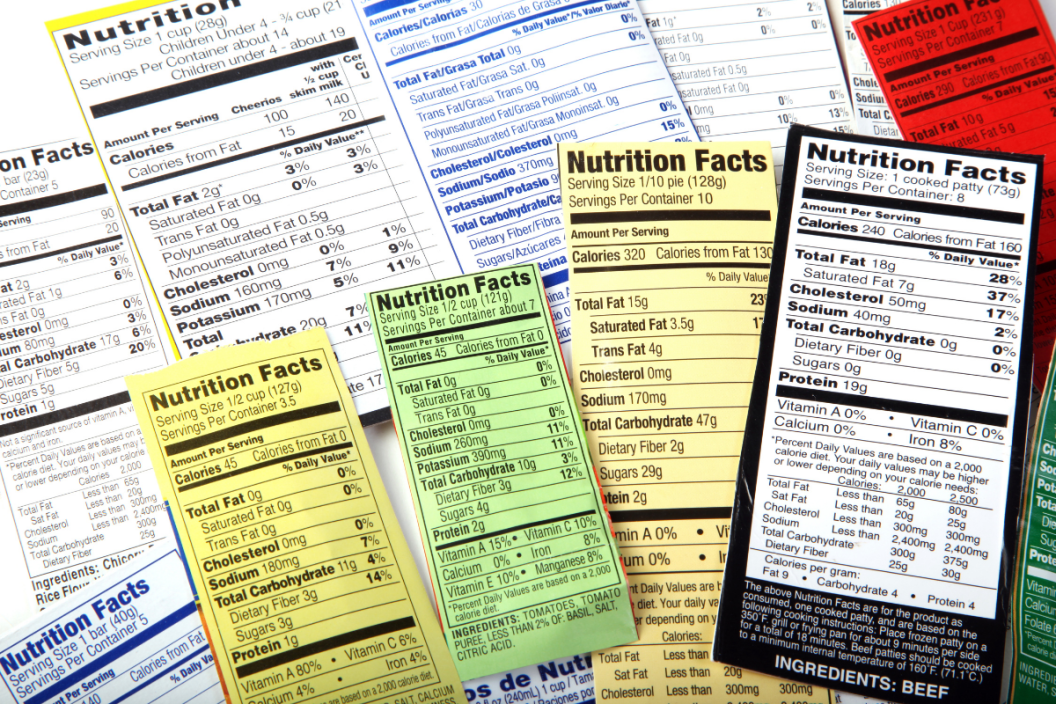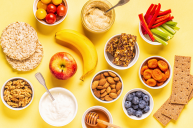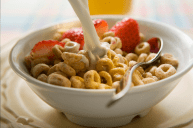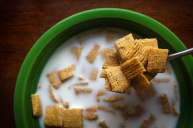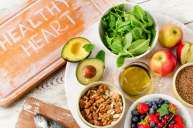Do you know what you're eating? Food labels do a pretty good job of letting you know, if you can figure out how to read them. But when you stare at a long list of saturated fat, trans fat, carbohydrates or carbs, cholesterol, dietary fiber, calcium, whole grains, total fat, and percent daily value, it can be hard to figure out if what you're eating is low-fat or fewer calories at all, let alone what's in it or if it's heart healthy. They are notoriously confusing to understand, so it's unsurprising that there are people who have a hard time with healthy eating.
While nutrition facts include a ton of information, there are four things that you should pay the most attention to including serving sizes, ingredients, sugar, and salt content. If you learn how to decipher this information, you're well on your way to more balanced and mindful eating. Here's what you need to know about reading food labels!
How To Read Food Labels
Serving Size
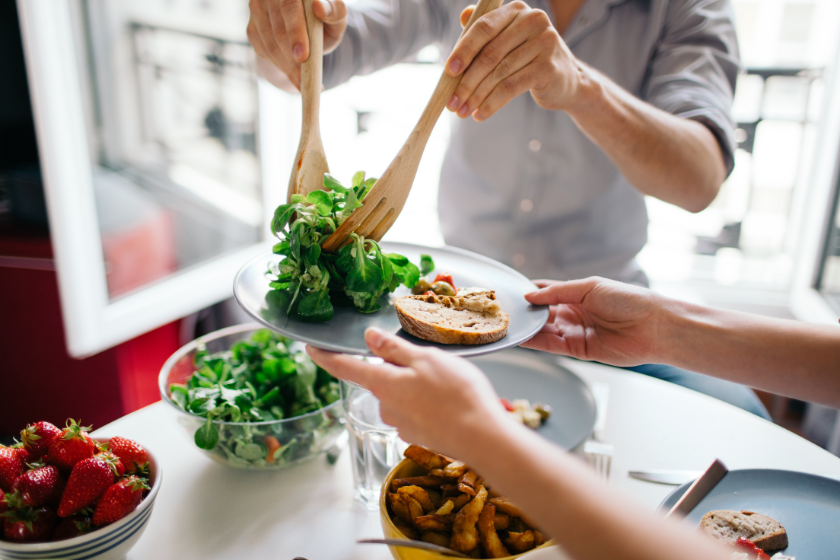
Figuring out the serving size of whatever you're eating is so important. Oftentimes, your favorite snacks have a very small serving size. If you ignore the serving size and overindulge, you may find yourself consuming more calories, fat, sugar, and salt than is healthy.
You can find the serving size of any packaged food on the first line of the nutrition facts label. The two lines below the serving size tell you the number of calories per serving on the left, and how many of those calories are from fat on the right. It even lists the number of servings in the whole container.
A single serving of tortilla chips is just one ounce, which is 138 calories. However, bags of tortilla chips are usually 12 ounces or more, which is enough for 12 people. How many times have you sat down with a jar of salsa or freshly made guacamole and eaten half a bag of tortilla chips? Don't be shy, many of us have done it! This is why it's important to understand serving sizes and prepare an appropriate amount of food so you can make healthy choices.
Ingredients
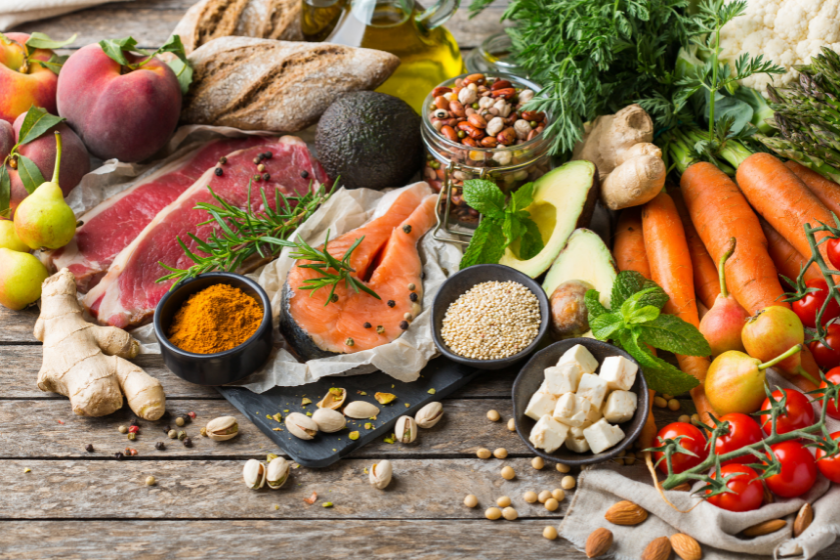
If you have any food allergies, you're probably already very familiar with the ingredients list on food labels. It's usually located below the black and white nutrition facts label and lists every ingredient, sweetener, preservative, and everything else in the product. They are listed in order of the amount of each ingredient. The first ingredient makes up the most, while the last ingredient makes up the least of the product.
Take Pillsbury cinnamon rolls for example. The first ingredient is enriched flour bleached, followed by water, and sugar. It makes sense because these are the most prominent ingredients that make up many baked goods. These are followed by various oils, salt, modified whey, xanthan gum, potassium sorbate, polysorbate 60, and other ingredients, including one for coloring.
Depending on your priorities, you may wish to look up ingredients you don't recognize, like the potassium sorbate and polysorbate 60 in Pillsbury cinnamon rolls. Potassium sorbate is a preservative and polysorbate 60 is an emulsifier. Once you understand what's in your food, you can make informed choices about the things you want to include in your diet.
Sugar
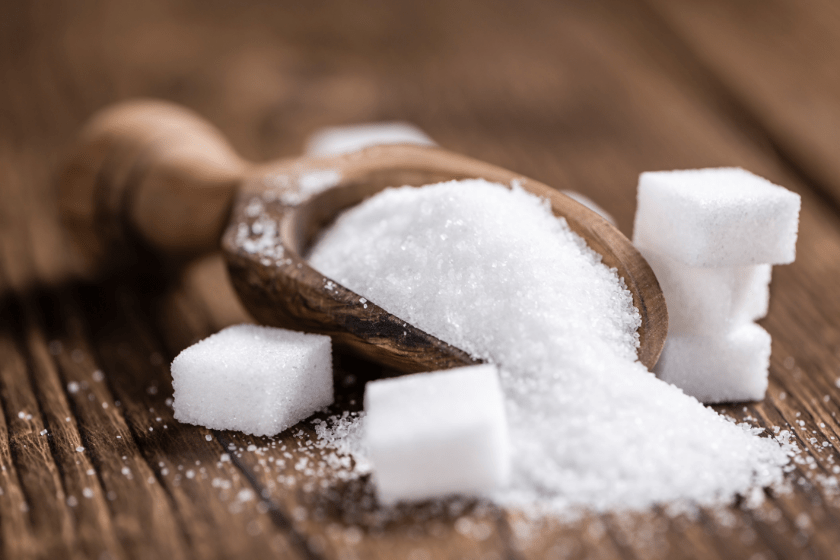
Everyone loves a sweet treat. There may come a time when you wish to cut down on your sugar intake to meet a health or weight loss goal. It's easy to overlook hidden sugars though! You'll need to look at both the nutrition facts and the ingredients list to best understand how much sugar is in your food or drink.
The nutrition facts label clearly states the amount of sugar in a single serving of whatever you're eating. Raisin Bran is a popular cereal that is often viewed as a healthier alternative to heavily sweetened options. But a quick look at the nutrition facts shows that its newer iteration, Raisin Bran Crunch, has its fair share of sugar. The total sugar in one cup of Raisin Bran Crunch is 16 grams, 11 grams of which is sugar the manufacturers added to give it a sweeter taste. This represents over 20% of the daily added sugar intake recommended by the U.S. Food and Drug Administration (FDA). And let's be honest, most people aren't limiting themselves to a single cup of cereal.
The Raisin Bran Crunch label includes sugar in the ingredients list, but other food labels are harder to understand. They list other forms of sugar like fructose, sucrose, dextrose, and high fructose corn syrup that you're less likely to recognize. The next time you have a sweet treat or other snack, you may be surprised by the hidden sugars you're consuming from your favorite processed foods!
Salt Content
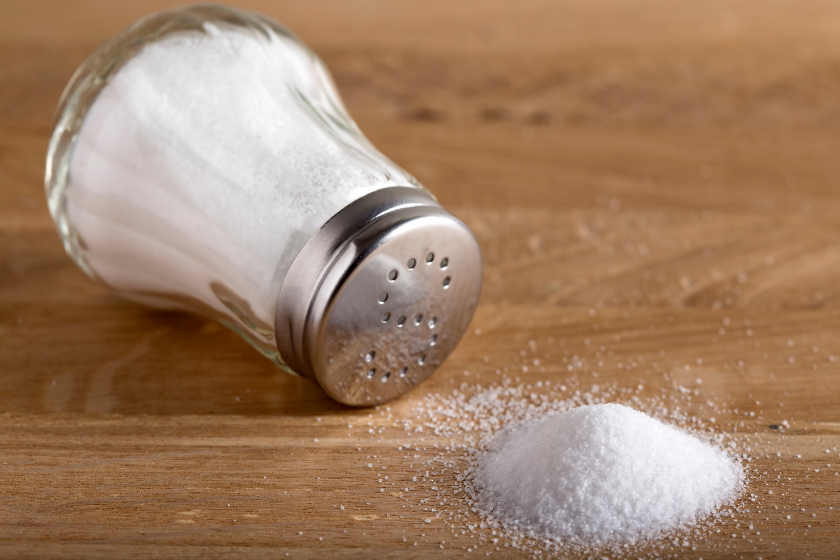
The amount of salt you consume can have serious consequences for your health. Luckily, it's easy to see how much salt is in the foods you eat! The nutrition facts label lists salt content under sodium. You can find salt in just about everything you eat or drink. It's necessary in a healthy diet, but you should limit your intake to prevent undesirable health outcomes—especially when it comes to your heart!
One half-cup serving of Jell-O Chocolate Instant Pudding has 430mg of sodium. This is almost 20% of the daily value of salt you're supposed to have each day in a 2,000 calorie diet. If you're trying to watch what you eat, choosing foods and beverages with lower salt content is easy when you know what to look for!
It's important to understand what you're eating in order to eat a balanced diet. Consuming too many calories can cause weight gain. Too much added sugar increases your risk for heart disease, type 2 diabetes, and fatty liver disease. And too much salt increases your risk for high blood pressure, kidney disease, stroke, and other serious health conditions.
Start paying attention to nutrition information to make sure you're making the healthiest choices for you! Knowing how to read food labels is an essential skill for anyone hoping to eat healthier. To learn more about dietary guidelines for Americans, talk to your doctor or a dietitian.
READ: "All-Natural" Food Labels Are Misleading Customers in Grocery Stores
